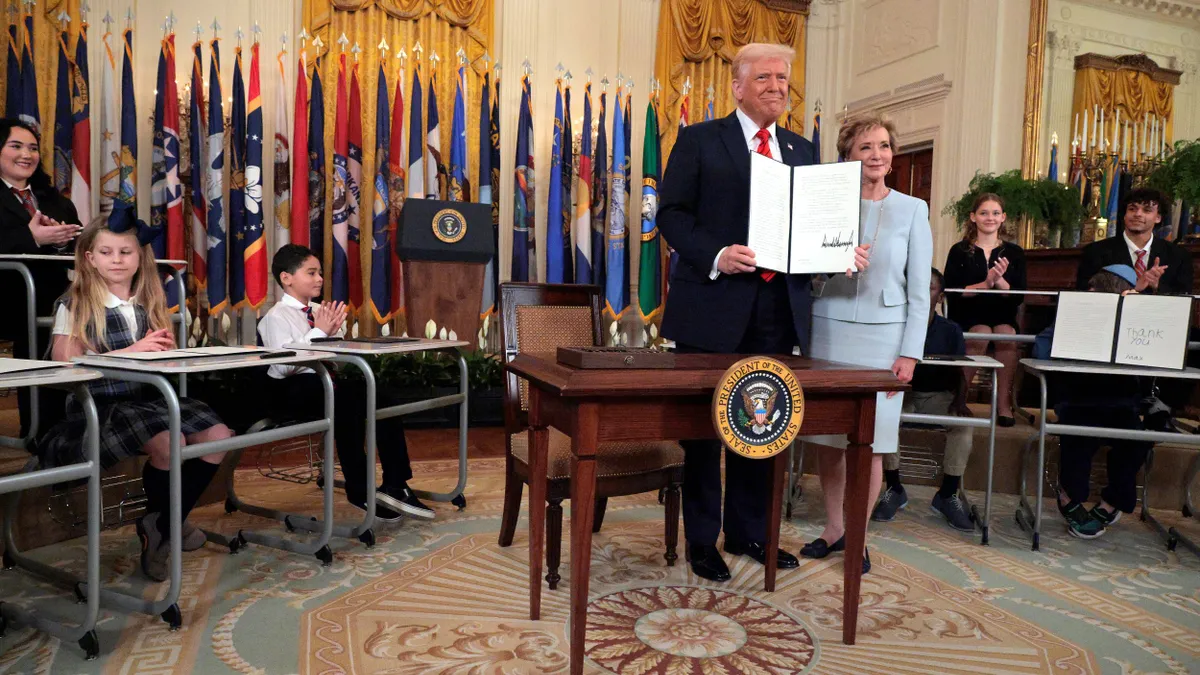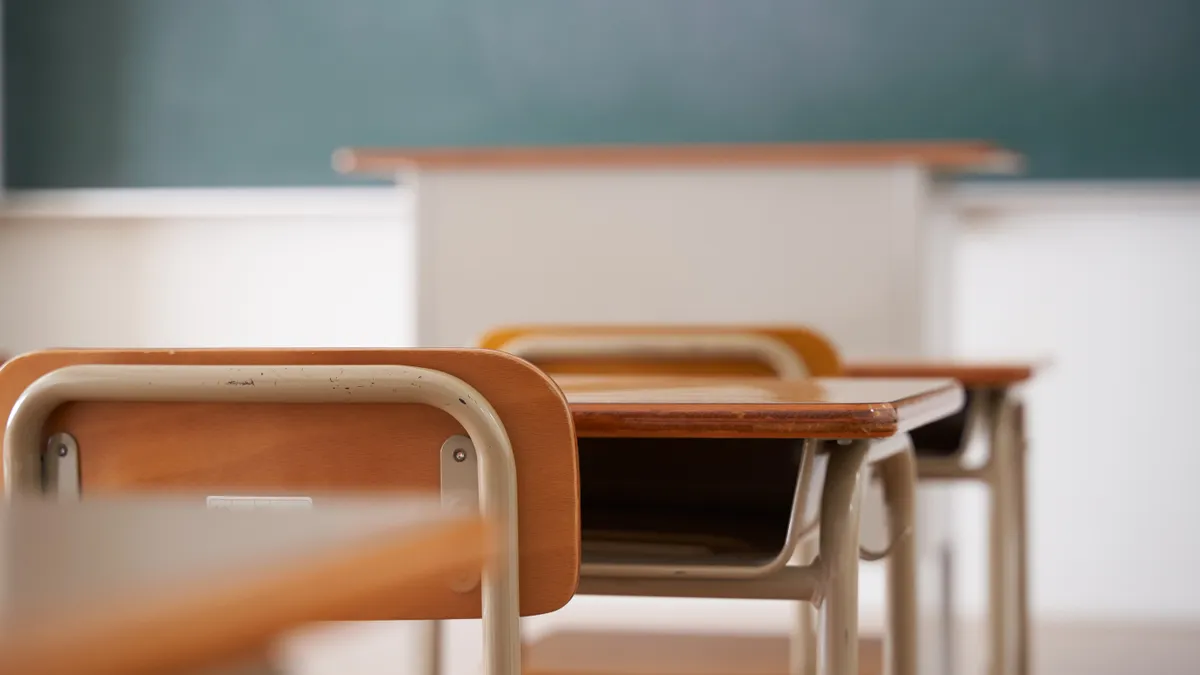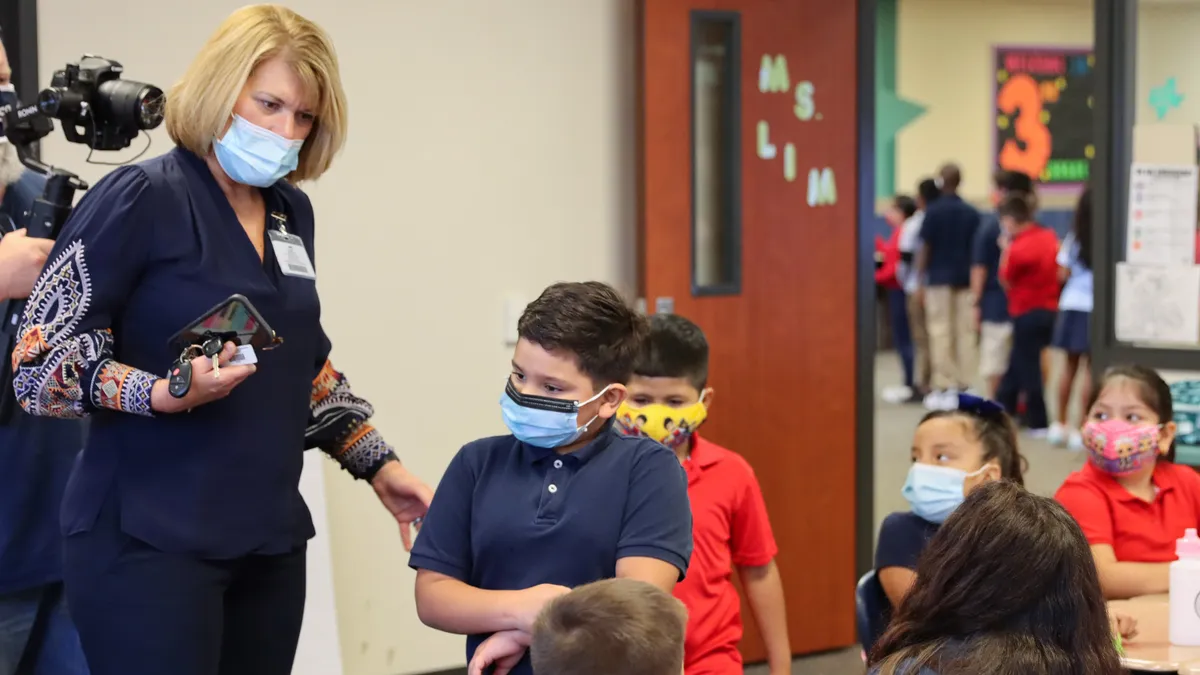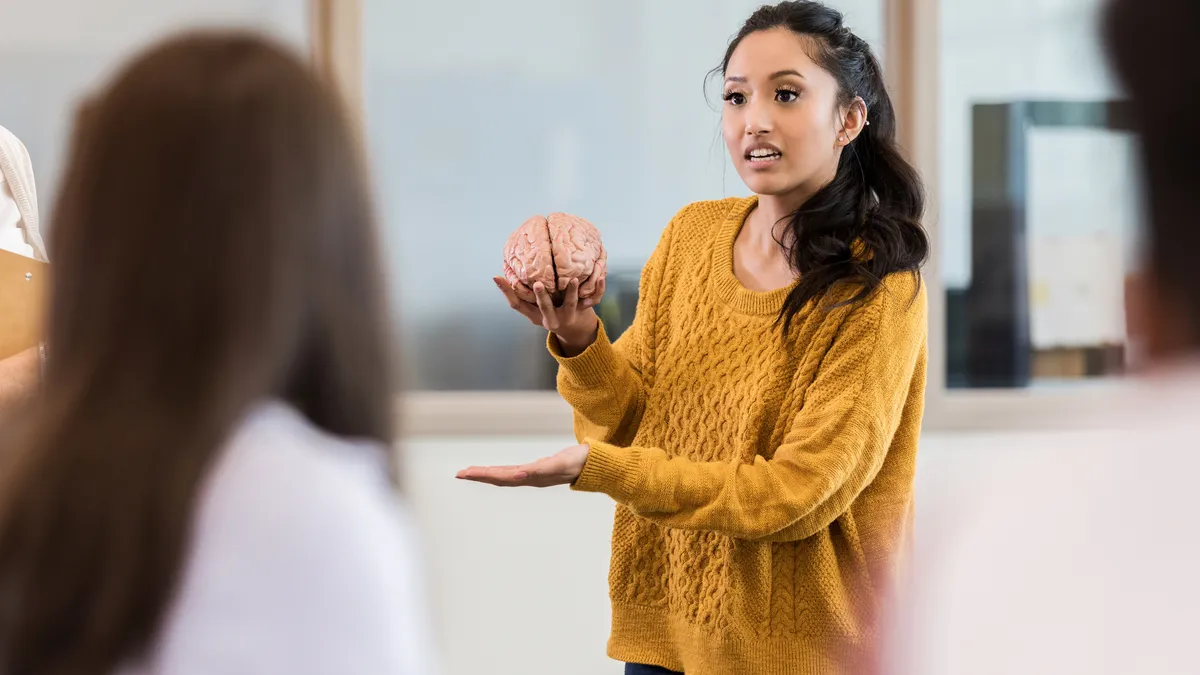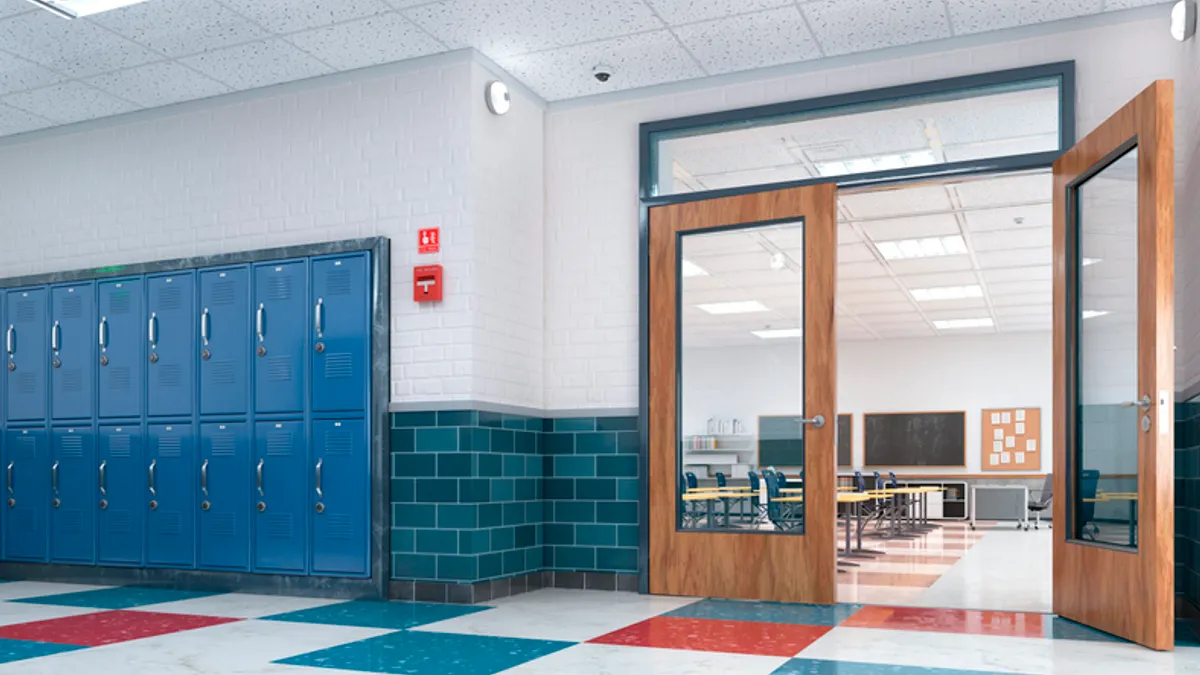Lauren Morando Rhim is executive director and co-founder of the Center for Learner Equity.
Charter schools are public schools that are grounded in a deep commitment to equity and realizing educational opportunities for historically marginalized students. Yet today, many charter schools struggle when it comes to enrolling and educating students with disabilities, as evidenced by reports of families of students with disabilities being excluded and ignored and by disappointing academic results.
My team at the Center for Learner Equity, a nonprofit dedicated to expanding educational opportunities for students with disabilities, conducted a two-year research study to better understand how charter schools can right this ship.

The good news? Based on an extensive review of the literature, an examination of charter enrollment trends, a media scan, legislative analyses, and more than 150 interviews, we found that with dedicated collaboration from decision-makers and a variety of external partners, charter schools can harness their freedom and flexibility and shed outdated models that are holding students with disabilities back.
Students with disabilities have long been marginalized by low expectations and exclusionary practices that leave them unprepared to attend college or enter the workforce. Charters enroll roughly 20% fewer students with disabilities than traditional public schools, and on average, those who are enrolled experience worse learning outcomes.
With nearly 1-in-5 public school students identified with a disability and this number growing at unprecedented rates in the last decade, charter schools can no longer treat the education of students with disabilities as incidental to their core mission.
Our research revealed that charter authorizers, state policymakers, and nonprofit organizations need to exert full-court pressure to remedy these inequities and make meaningful strides to place students with disabilities at the center rather than the periphery of charter schools.
Here’s how.
For starters, charter authorizers must use their enormous influence effectively. Authorizers make decisions about charter application requirements, approve new schools, conduct ongoing monitoring, and communicate expectations about charter schools’ responsibility to educate students with disabilities. However, with some notable exceptions, authorizers are not wielding this power as effectively as they could.
The upside is that surveys of authorizers have documented improvements in terms of the information being examined during the application phase. However, many authorizers are not asking applicants about plans to recruit students with disabilities or examining external communications such as websites or recruitment materials that can be parents’ primary means of learning about a school.
While authorizers are reporting that they are monitoring special education compliance, very few are willing to hold schools accountable when they fail to educate students with disabilities — they simply don’t see it as under their purview.
Authorizers across the board need to improve their anemic understanding of the needs of students with disabilities, prioritize students with disabilities at every phase of the authorization process, and make sure that when they’re evaluating school performance, they’re focusing on the quality of students’ experiences, rather than just checking off boxes for compliance.
We also found that state policymakers are not fully tapping into their unique position to address the needs of students with disabilities. States can pass laws that improve the charter sector for students with disabilities, but our research uncovered that there are insufficient examples of states taking meaningful action.
For example, we need more proactive state leaders introducing and passing legislation that creates specific enrollment goals and explicit consequences for when schools fail to enroll students with disabilities. State legislatures should also consider revisions to their funding formulas that adequately weight resources based on student needs and incentivize schools to educate students with disabilities equitably.
Without stronger state actors, we will continue to see the enrollment disparities that have been so prevalent in the charter schools for years.
Finally, a strong nonprofit ecosystem is critical. After examining more than 30 education nonprofits that support students with disabilities, we found that external organizations are providing essential professional development and support services to charter schools.
They are also playing the role of watchdog by commissioning independent research, publicly naming where the charter system is coming up short, helping parents understand their rights, and, when necessary, filing litigation against schools with discriminatory practices. Philanthropic organizations should continue nurturing this robust nonprofit ecosystem to improve accountability and enable nonprofits to solve challenges that individual schools cannot address on their own.
The stakes have never been higher. Fissures are growing in the education choice movement between those who support vouchers to private schools, which are often religious schools that offer few or no services or protections for students with disabilities, and those who support the fundamentally public nature of charter schools, which is grounded in a commitment to educating historically marginalized students.
It is imperative that leaders at every level — from authorizers, nonprofits, funders, and state policymakers — get this right.








